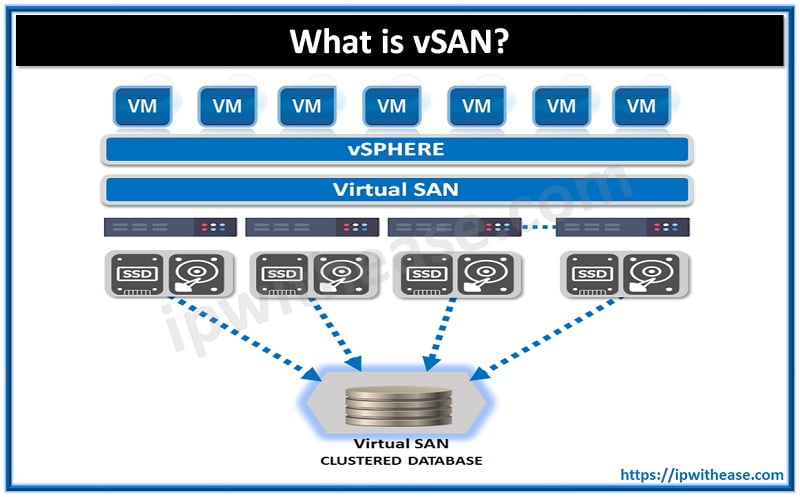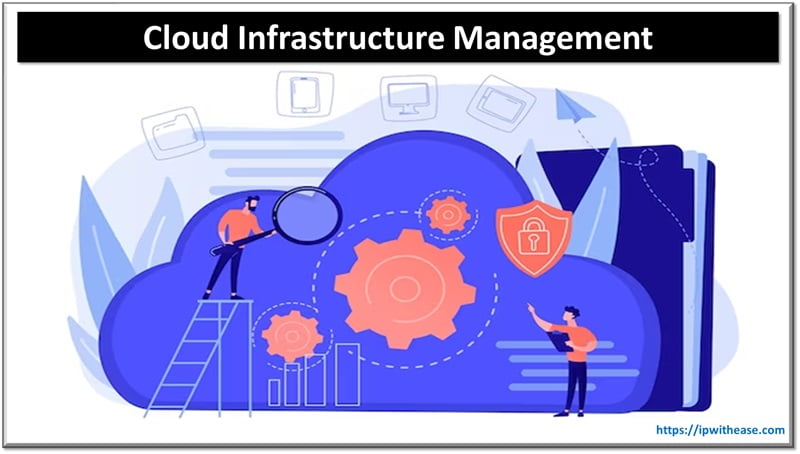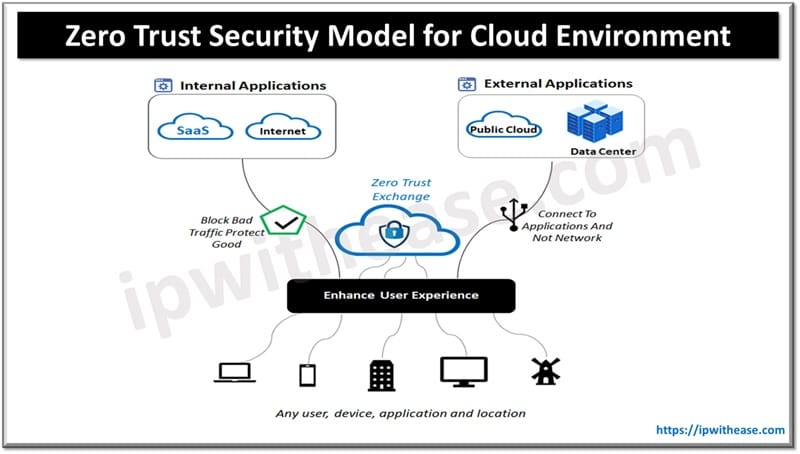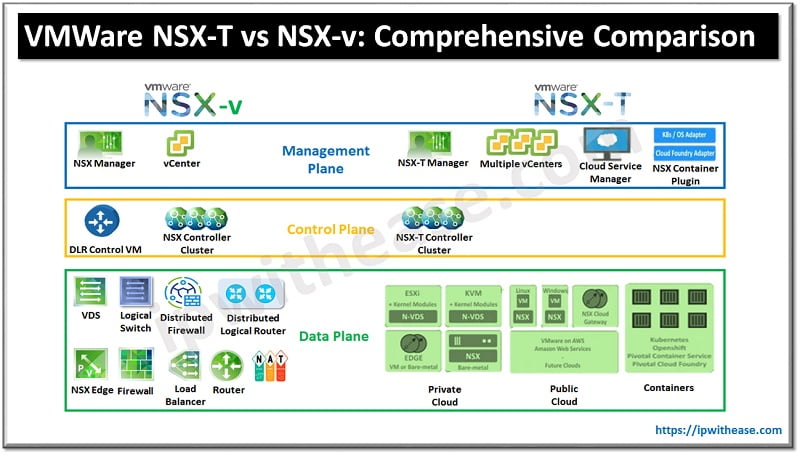Table of Contents
VMware vSAN is a popular storage solution provided by VMware in order to eliminate the requirement of additional storage containers using local server storage. VSAN stands for virtual storage area network and it basically abstracts the local level storage of ESXi hosts and make a pool out of it. It is subsequently used as shared storage.
As in case, you are required to use the local storage space, there would not be any requirement to arrange extra storage boxes in order to store the files, which eventually helps in bringing down the TCO i.e. Total Cost of Ownership.

What is vSAN?
vSAN is a form of virtual clustered datastore utilizing local storage of ESXi hosts and build logical pool of storage presented in the form of datastore to ESXi hosts. One of the most favourable aspects of vSAN datastore is that it supports all sort of vSphere features like vMotion, Storage vMotion, DRS, HA, etc. vSAN is a unique kind of object based storage system that makes an effective use of VM storage policies to ensure the right placement of the virtual machine with right configuration. As it is already integrated in hypervisor, there is no requirement of further installations of appliances.
It is a fact that there are certain prerequisites and requirements needed to be taken into account prior to using or enabling vSAN. We are going to shed some light on those elements in the following paragraphs.
Related – SAN vs NAS
Features of vSAN
After understanding of what vSAN is, it is essential to get familiar with the key features of virtual storage area network-
- It is Software Defined: It is an utterly software defined solution.
- VSphere Integration: It minimizes memory and CPU exhaustion and enhances the performance.
- Non- disruptive Data Migration: vSAN provides non disruptive data migration without any downtime while moving storage from one platform to another.
- Simple Configuration: It is seamlessly simple to configure and operate.
- Flexibility: It is very easy to scale up and scale down vSAN as per the requirement.
- Policy of Storage: The different storage policies can be configured on per disk or per VM basis. It assists in balancing and automate provision of VM storage.
- Compression and Deduplication: vSAN is highly conducive to the space saving features like compression and deduplication.
- Encryption Features: vSAN is supportive to data encryption that is meant for storage in vSAN datastore. It employs AES 256 cipher for the encryption purpose.
- All Hybrid or Flash: vSAN is supportive to all flash and hybrid architectures in which Flash disks are employed in which magnetic disks and cache will be used in the form of capacity.
System Requirements
- 10 GB NIC; 1 GB NIC Recommended
- RAID or SAS/SATA HBA Controller
- At least one persistent storage disk (HDD or flash) and one flash caching device for each of the capacity-contributing node.
Cluster Size
Minimum 2 hosts- Maximum 64 Hosts
Software
- Any Edition VMware vSphere 6.5 EP 02
- Any Edition VMware vSphere featuring Operational Management 6.1
- 6.5 updated Any Edition VMware vCloud Suite 6.0
- VMware- vCenter Server 6.5
Conclusion
Now with reasonable understanding of what is vSAN, we have also come across some of the key features, and system requirements of vSAN. As your visit availed a loads of trusted information, it is fully expected to be worth you time!
Continue Reading
vSAN Operations Guide: Managing Fault Domains
ESX vs ESXi – Detailed Comparison
ABOUT THE AUTHOR

You can learn more about her on her linkedin profile – Rashmi Bhardwaj



